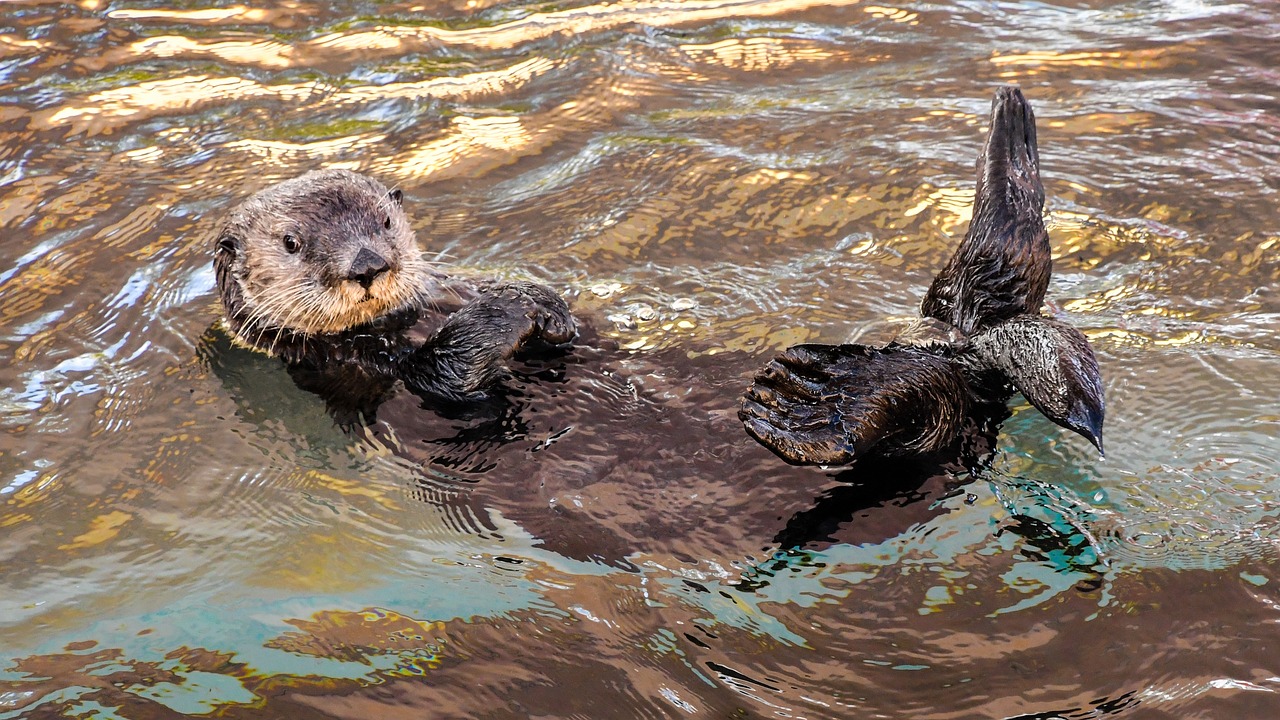
Hunters of the wild, Fisher Cats and Pine Martens possess unique traits that set them apart – discover the intriguing details that define these elusive creatures.

Hunters of the wild, Fisher Cats and Pine Martens possess unique traits that set them apart – discover the intriguing details that define these elusive creatures.
Curious to know how dangerous honey badgers can be? Look no further! This article will provide you with all the information you need. Honey badgers, with their unique physical characteristics and abilities, are formidable creatures. Their thick coat, scent defenses, and immunity to venom make them fearsome predators. Not only that, but their intelligence and ability to escape confinement make them highly unpredictable.
Are you curious about the differences between weasels and ferrets? In this article, we’ll dive into their contrasting characteristics and behaviors. Weasels, not domesticated, are smaller in size, measuring about 7-12 inches long and weighing around 1-2 lbs. Ferrets, both wild and domesticated, are larger, growing up to 20 inches long and weighing between 1.5-4 lbs.
Curious about the fascinating world of badgers in Colorado? Join us as we explore their habitat, adaptations, diet, appearance, size, lifespan, and threats. Found in various habitats like grasslands and alpine meadows, badgers create distinctive burrows for shelter. With their omnivorous diet, they use their strong claws and sharp teeth for effective hunting.

In the animal kingdom, the mating behaviors and reproductive strategies of different species can vary significantly. The otter, a fascinating creature known for its playful nature and aquatic skills, presents an intriguing case. While some otters form lifelong partnerships, others engage in multiple relationships throughout their lives.

Are you ready to uncover the fascinating secrets of badger dentition? In this article, we’ll delve into the structure, growth, adaptations, and importance of dental health in these remarkable creatures. Discover how badger teeth are specifically adapted for tearing, gripping, and cutting prey. Learn about their continuous growth and replacement, ensuring functional teeth for their feeding habits.

Are you curious about where opossums make their homes? In this article, we’ll explore the fascinating world of opossum nests and dens. Unlike many other animals, opossums don’t build their own nests. Instead, they cleverly take advantage of abandoned nests from other creatures, like birds, squirrels, and rabbits. They may also seek out natural shelters such as badger setts or abandoned fox dens.

Do you ever wonder if badgers have tails? Well, wonder no more! In this article, we’ll explore the fascinating world of badger tails and uncover the truth behind their existence. From their length and variations to their importance for survival and adaptation, we’ll delve into every aspect of these enigmatic appendages.

In this article, we will delve into the intriguing question of whether otters can thrive on land. Known for their exceptional swimming skills and reliance on water for survival, otters’ ability to navigate and thrive outside of their aquatic habitats remains uncertain. By examining their behavior, adaptability, and unique characteristics, we aim to shed light on the extent to which otters can live on land.

Do you ever wonder if otters build dams? Well, they have a unique approach to creating their homes. In this article, we’ll explore the fascinating habits and behaviors of otters when it comes to finding shelter and establishing their habitats. While beavers are known for their dam-building skills, otters utilize various natural and man-made structures like abandoned burrows, hollow logs, and even nests under man-made structures.